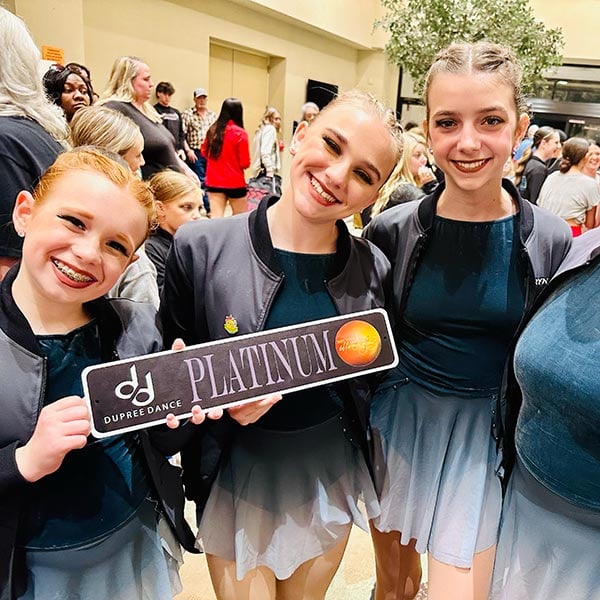

Dance Competition Scoring
a parent’s guide
We completely understand that for many parents, the world of dance competition awards ceremonies can seem like a bewildering whirlwind of numbers, categories, and levels. With different scoring systems, a variety of award types, and the fast-paced nature of these events, it’s easy to feel lost in the mix. That’s why we’re here to help.
We aim to transform you from a confused observer to a well-informed dance competition parent. This guide is designed to explain the scoring process, the different types of awards, and provide you with the insights you need to fully appreciate your child’s achievements and the intricacies of competitive dance.
Dance Competition Division
let’s start here
In dance competitions, divisions are crucial for ensuring that participants compete in a fair and balanced environment. These divisions are typically categorized based on several factors, such as age, skill level, dance style, and group size.
- Age Division: Dancers are grouped by age categories, such as ‘Minis’ (5-6) ‘Petites’ (ages 7-10), ‘Junior’ (ages 11-12), ‘Teen’ (ages 13-15), and ‘Senior’ (ages 16-18). *may vary per competition
- If your child is 12 years old, they would compete in the Junior age division.
- If your child is 12 years old, they would compete in the Junior age division.
- Skill Level: Within each age division, dancers are further categorized by skill level: ‘Novice’ for beginners, ‘Intermediate’ for those with some experience, and ‘Advanced’ for highly skilled dancers.
- Suppose your child has been dancing for two years. They would compete in the Novice level of the Junior age division
- Dance Style: Competitions often have categories for different dance styles such as Jazz, Lyrical, Hip-Hop, and Tap.
- If your child is performing a Lyrical routine, they will compete against other Junior Novice level dancers who are also performing Lyrical.
- If your child is performing a Lyrical routine, they will compete against other Junior Novice level dancers who are also performing Lyrical.
- Group Size: Finally, dancers are grouped based on the size of their dance – solo, duet/trio, small group (4-9 dancers), large group (10-19 dancers), or production (20+ dancers).
- If your child is performing a solo, they will be in the Junior Novice Lyrical Solo category.
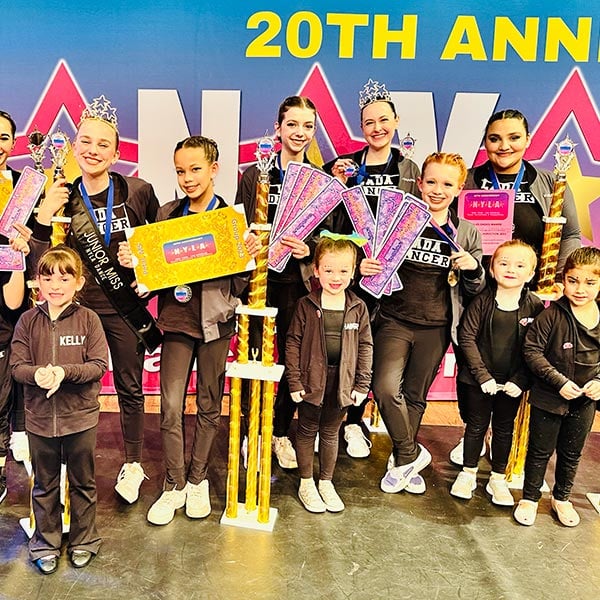

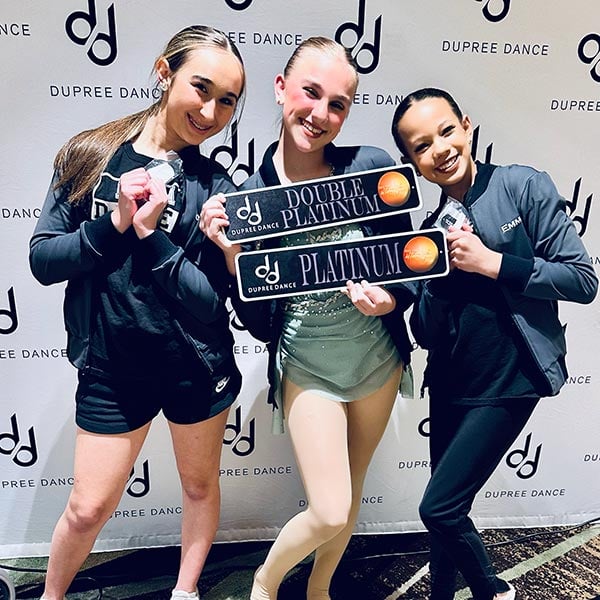
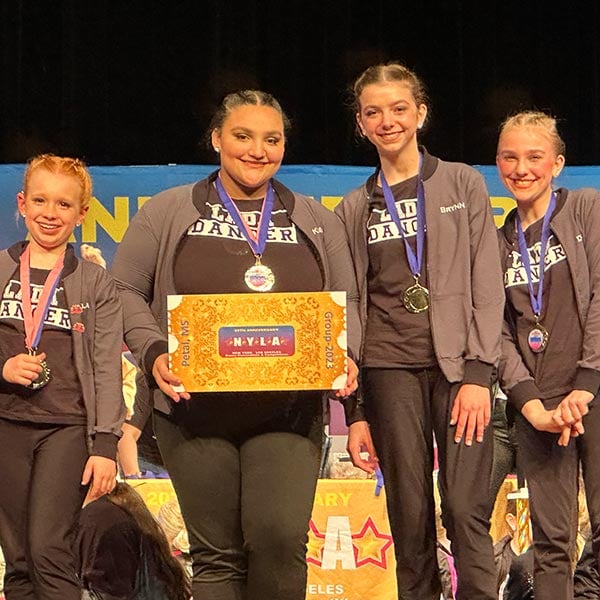
Decoding Dance Competition Scoring
next thing to understand
Understanding the scoring system in dance competitions can be a bit complex, but it’s essential for appreciating the nuances of these events. Typically, each dance routine is evaluated by a panel of judges and scored on various criteria such as technique, performance, choreography, and overall impression.
Scores are usually given on a scale, often out of 100 points.
For example:
- 35 pts: Technical Execution
- 35 pts: Performance
- 20 pts: Choreography
- 10 pts: Overall Impression (Costume/Make-up/Style)
Each judge gives their score, which are then combined to form the final score for the routine. This detailed scoring system is designed to provide a comprehensive assessment of each performance, considering every aspect of the dancer’s hard work and talent.
- If your child gets a 91 from Judge 1, a 96 from Judge 2, and a 93 from Judge 3. your child’s score will be 280
Unlocking Dance Competition Awards
last but not least
At dance competitions, the awards system can vary but generally follows a structured format designed to recognize and celebrate the achievements of the dancers. After all performances in a category are evaluated and scored, awards are distributed based on these scores.
- The most common types of awards are Adjudication Award – Diamond, Platinum, High Gold, Gold, and High Silver, each corresponding to a scoring range.
- Diamond: 295.5-300
- Platinum: 295.4-287.5
- High Gold: 287.4-279.5
- Gold: 279.4-269.5
- High Silver: 269.4 & below
- Special Awards for outstanding performances in specific areas
- Best Choreography
- Best Costume
- Judges’ Choice
- Love Of Dance
- Overall Awards might be given to the highest-scoring routines across different age groups, styles, and levels.
It’s important to note that the focus of these awards is not just on winning, but on recognizing the effort, improvement, and passion of the dancers. As a parent, celebrating your child’s participation and enjoyment in the competition, regardless of the award received, is incredibly valuable.

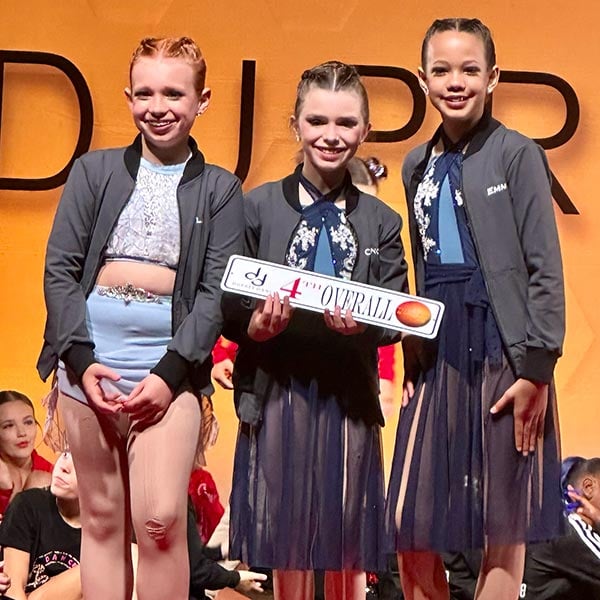


Title Competitions
only for soloists
A title solo competition in the realm of dance is a special category that goes beyond evaluating just the dance routine; it focuses on the overall presence and artistry of the dancer. In this competition, soloists compete not only with their technical skills and performance in their dance routine but also are often judged on additional elements such as stage presence, personality, and sometimes even interview skills or other off-stage components.
The winner is awarded a ‘title’ – such as ‘Miss Junior Dance’ or ‘Mr. Teen Dance’ – which is a prestigious honor reflecting their embodiment of both talent and exemplary representation of the dance community. This title often comes with special recognition, opportunities, and responsibilities throughout their reigning year.
This competition is about the overall package your child presents – their dance technique, stage charisma, and ambassador-like qualities – is key in supporting them through this exciting and rewarding experience.
